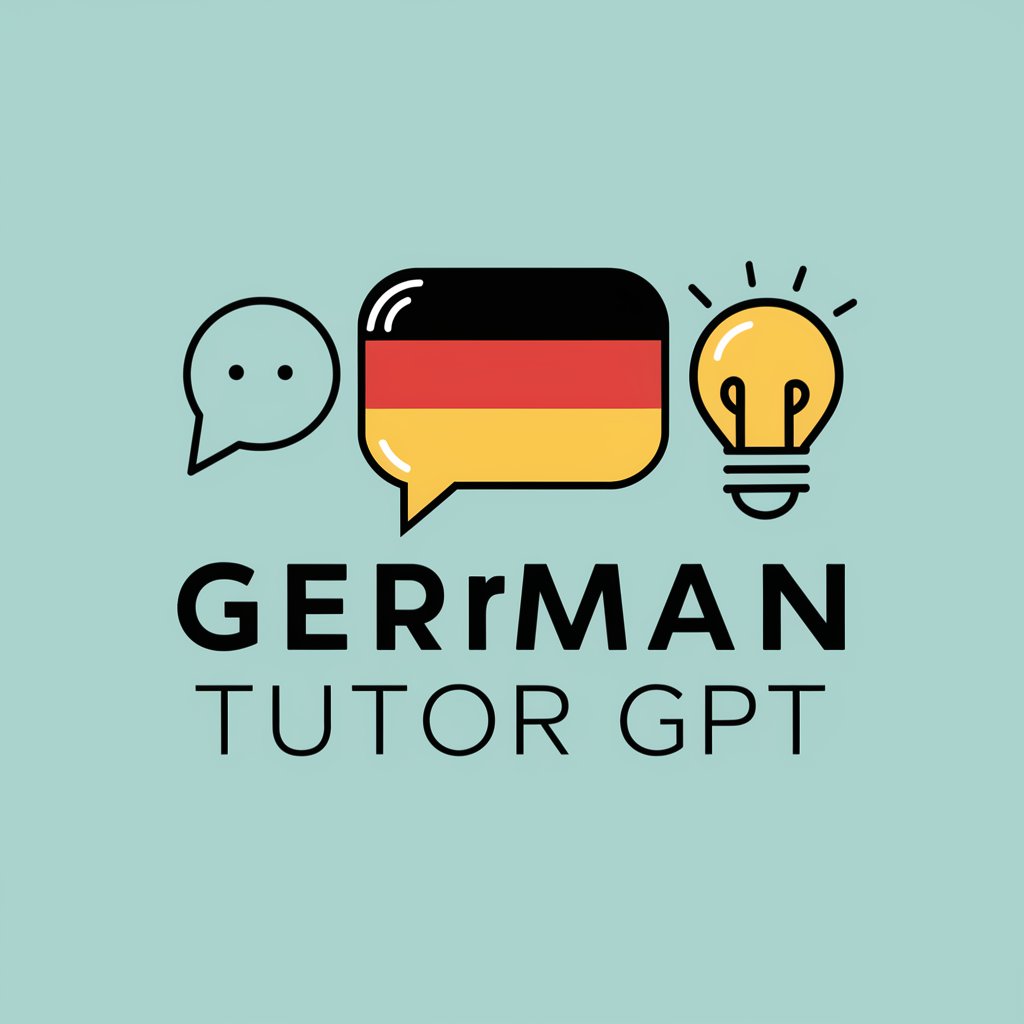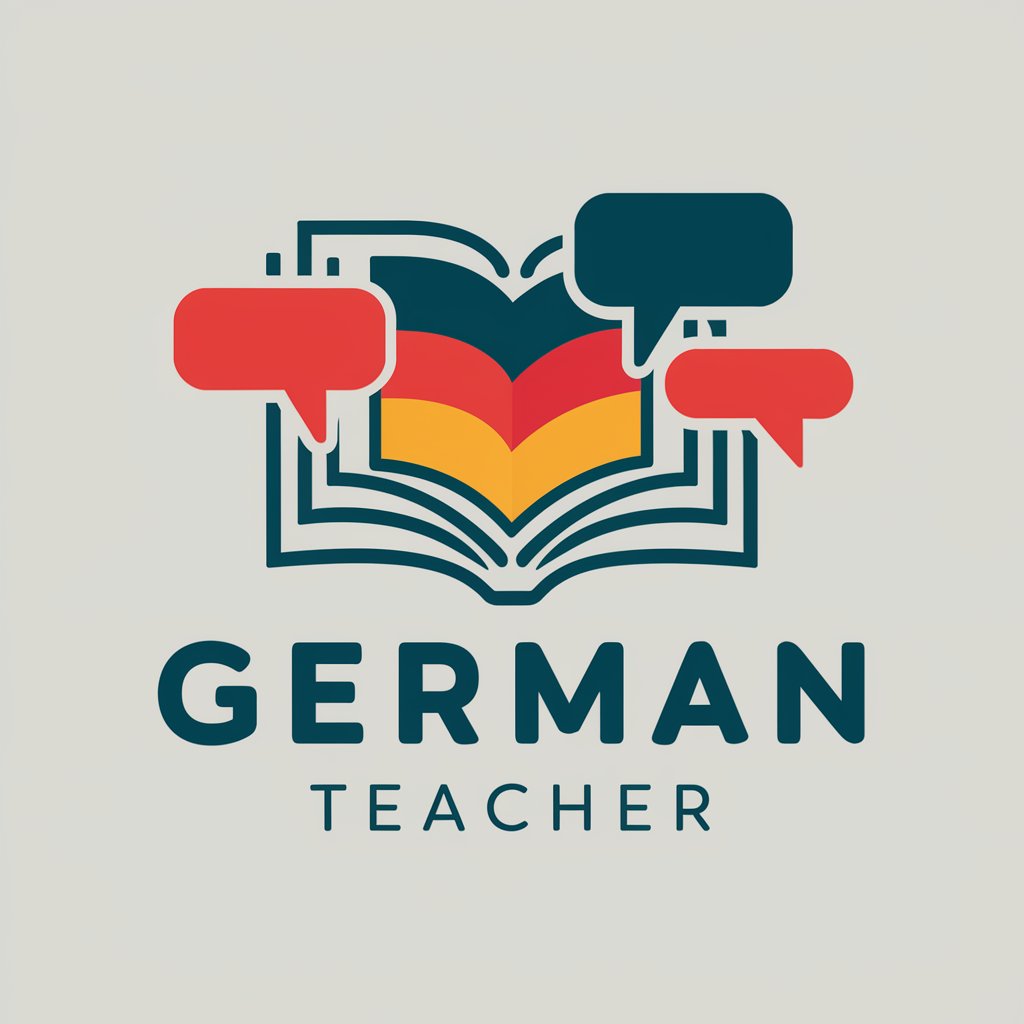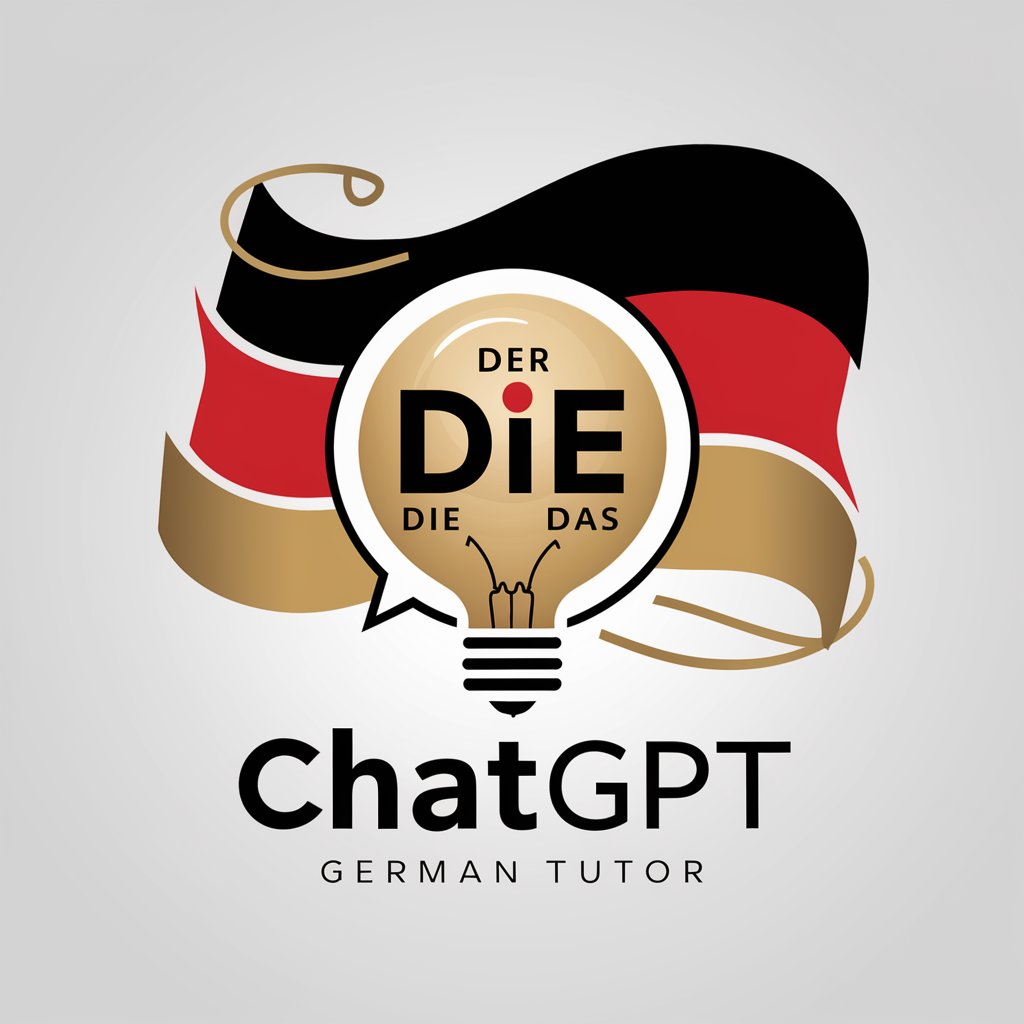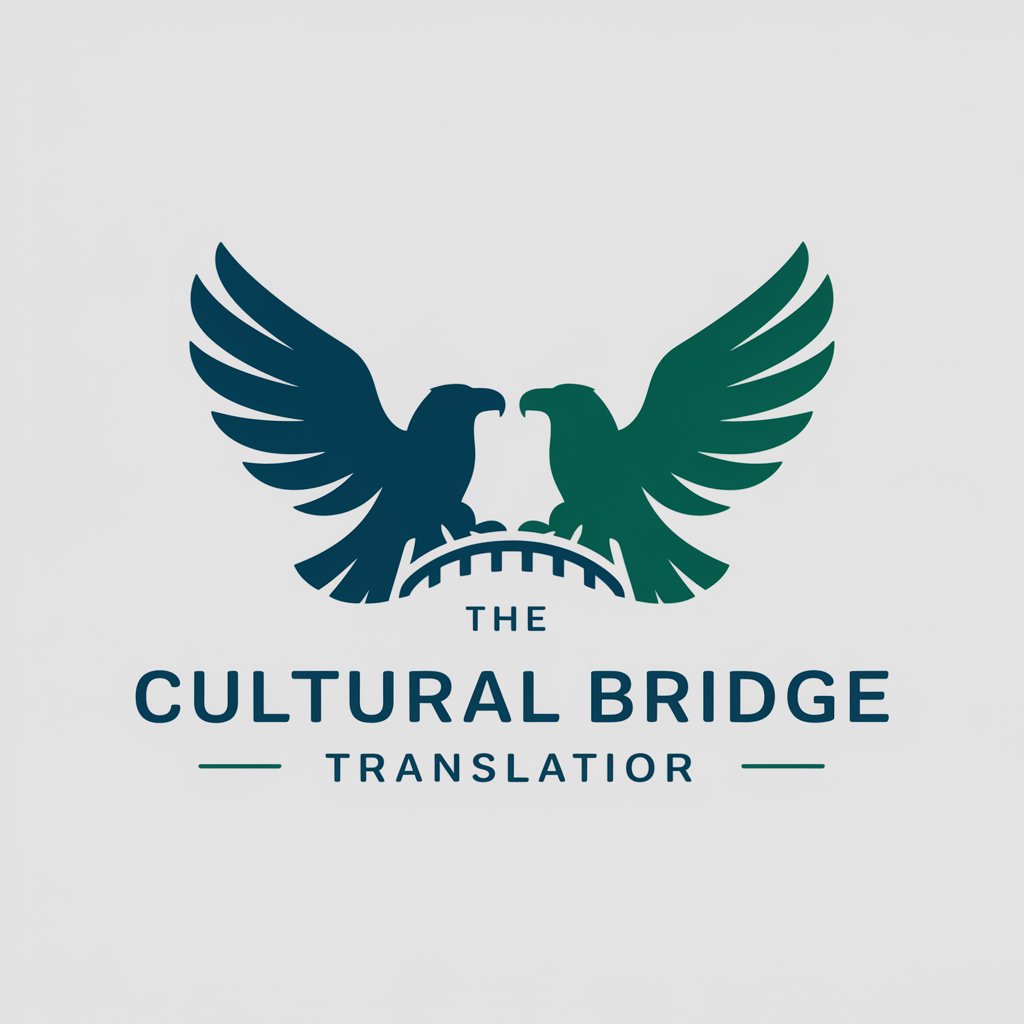
Deutsche Brücke - Alltags Deutsch - informal German learning assistant.

AI-powered tool for everyday spoken German.
Necken
In Anspruch nehmen
Habseligkeiten
Get Embed Code
Introduction to Deutsche Brücke - Alltags Deutsch
Deutsche Brücke - Alltags Deutsch is designed to assist users in understanding and using the German language, particularly in everyday spoken informal communication. Its primary function is to bridge gaps in language comprehension, offering insights into words, expressions, and their contextual usage in German. The tool is highly focused on informal spoken German (Gesprochenes Alltags Deutsch), but it also addresses how words might be used in formal settings or literature when relevant. An example of this is providing quick translations for German nouns, including gender and plural forms, or offering perfect tense forms for verbs, which are crucial for everyday conversational accuracy. For instance, when a user inputs 'gehen' (to go), the tool provides the perfect form 'ist gegangen', explains that it’s a commonly used verb in daily conversation, and shows example sentences that users would encounter in real-world settings. Powered by ChatGPT-4o。

Main Functions of Deutsche Brücke - Alltags Deutsch
Word Translation and Contextual Explanation
Example
A user inputs the word 'Haus' (house), and the tool responds with: gender (das Haus), plural (die Häuser), and explains how it's used in everyday communication. Additionally, it offers synonyms like 'Wohnung' (apartment) when relevant.
Scenario
A learner struggling with vocabulary would benefit from this function, as it not only gives the word's meaning but also its grammatical context and common usage scenarios.
Verb Perfect Tense Conjugation
Example
For the verb 'essen' (to eat), the tool provides the perfect form 'hat gegessen' and notes that this verb is frequently used in casual conversations. It offers example sentences to show how the verb is applied in daily life.
Scenario
A student preparing for a German exam that focuses on speaking and writing in the perfect tense would use this function to understand how verbs conjugate in realistic contexts.
Contextual Usage (Formal vs. Informal)
Example
If a user inputs 'verzeihen' (to forgive), the tool notes that it's used in more formal contexts compared to 'entschuldigen' (excuse), which is more informal and common in spoken German.
Scenario
A professional preparing for a business meeting in German could use this function to learn how to properly distinguish between formal and informal speech.
Examples and Usage in Real-World Sentences
Example
For the word 'Auto' (car), the tool would provide example sentences like 'Ich fahre mit dem Auto zur Arbeit.' (I drive to work by car), ensuring users can see how the word is used in a natural, conversational setting.
Scenario
Someone practicing for a conversational German test or preparing for a trip to Germany would find this particularly useful to get a feel for how words and phrases fit into everyday speech.
Ideal Users of Deutsche Brücke - Alltags Deutsch
German Language Learners (Beginners to Intermediate)
This group consists of individuals who are just starting to learn German or are at an intermediate level, aiming to improve their conversational skills. They benefit from learning the intricacies of informal spoken German, mastering vocabulary, verb conjugations, and practical sentence structures.
Non-Native Speakers Living or Working in Germany
Expats, foreign students, or professionals working in Germany can benefit from the tool by quickly understanding everyday speech, slang, and idiomatic expressions, helping them integrate more smoothly into German-speaking environments.
German Exam Preparers
Those studying for German proficiency exams like the Goethe-Zertifikat or TestDaF benefit from the tool's focus on real-world language usage, particularly when it comes to perfect tense, noun gender, and plural forms. The tool helps solidify understanding of spoken German, which is often tested in these exams.
Advanced Learners Seeking Cultural Fluency
Advanced learners who already have a good grasp of grammar but want to delve deeper into informal speech, regional dialects, or cultural nuances can use this tool to improve their fluency and understand contextual language use.

How to Use Deutsche Brücke - Alltags Deutsch
Step 1
Visit yeschat.ai for a free trial without login, also no need for ChatGPT Plus.
Step 2
Familiarize yourself with the tool’s purpose: assisting with everyday spoken German (Alltagsdeutsch), perfect tense usage, and vocabulary context.
Step 3
Enter words or phrases in German or another language. Receive translations, context, grammar details, and example sentences in everyday German.
Step 4
Use the tool to build your knowledge of German by studying the provided example sentences and identifying patterns in tense and usage.
Step 5
Apply feedback: use the tool interactively when practicing conversation, writing, or translating German texts to optimize your learning.
Try other advanced and practical GPTs
Assistant Mémoire Master
AI-powered thesis assistance for start-up strategy

Doctor
AI-driven health advice at your fingertips

Google Ads Pro
AI-driven Google Ads campaign optimizer

Logic Tutor
Master logic concepts with AI assistance

Matematika
AI-powered math tool for all levels

Navigate The Way ✝️
AI-powered Christian guidance tool

Deutsch-Lehrer
AI-powered German text improvement

Svenska Språk Hjälpen
AI-powered Swedish language assistant.

Deutsch lernen mit Sprachniveau
AI-powered tool for advanced German learners

Chat MIDI - Music Composer
AI-powered MIDI composition for all genres.
Instaminator
AI-Powered Instagram Growth Tool

Asesor de comunicaciones empresariales
AI-Powered Business Writing Made Easy

Frequently Asked Questions About Deutsche Brücke - Alltags Deutsch
What does Deutsche Brücke - Alltags Deutsch specialize in?
This tool specializes in helping users understand and use everyday spoken German, with a focus on perfect tense usage, noun genders, and verb forms, all in a casual, informal context.
Is it suitable for beginners?
Yes, Deutsche Brücke is suitable for all levels, especially beginners, as it provides clear explanations, translations, and real-life examples for everyday language use.
Can I input words in other languages?
Yes, you can input words or phrases from other languages, and the tool will translate them into spoken German while offering grammar and usage insights.
How does this tool differ from traditional translation apps?
Unlike typical translation apps, Deutsche Brücke focuses on informal spoken German, giving insights into everyday speech, common expressions, and the use of perfect tense, which is often missing in standard tools.
What kind of examples does the tool provide?
The tool provides example sentences using the input word in typical conversational contexts, helping users learn practical sentence structures and phrasing.





